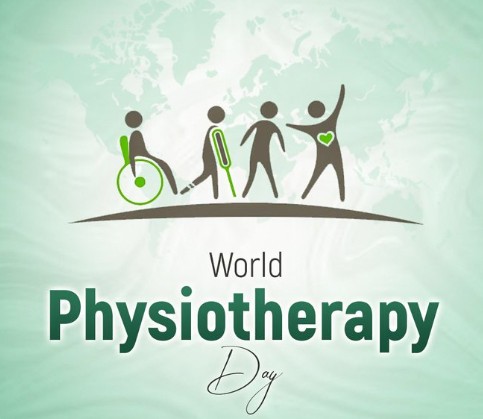The researchers are focusing on using these nanoparticles to boost the activity of T-cells, which are white blood cells responsible for identifying and eliminating disease-causing cells
Australian researchers are developing a groundbreaking approach using next-generation nanoparticles to significantly improve treatments for triple-negative breast cancer (TNBC), one of the most aggressive and deadly forms of breast cancer.
Researchers at the University of Queensland’s Australian Institute for Bioengineering and Nanotechnology (AIBN) are designing innovative iron-based nanoparticles, or “nano-adjuvants,” that are small enough to fit thousands of them on a single strand of hair. These nanoparticles are intended to enhance the body’s immune response against TNBC, offering new hope for patients with this particularly difficult cancer to treat.
TNBC presents a unique challenge for conventional therapies because it lacks the specific proteins that are targeted by many traditional treatments for other forms of breast cancer. This absence makes it resistant to standard therapies, such as hormone therapies or targeted treatments, which are effective for other breast cancer types. As a result, TNBC has a high recurrence rate and limited treatment options, which makes it one of the most difficult cancers to manage.
Professor Yu Chengzhong, a lead researcher at AIBN, explained that despite advances in immunotherapy, its effectiveness against TNBC has been extremely limited. This has left many patients with few viable treatment options. “Our research aims to change this. The goal is to supercharge the immune system’s response, allowing it to better recognize and attack cancer cells,” Yu said.
The researchers are focusing on using these nanoparticles to boost the activity of T-cells, which are white blood cells responsible for identifying and eliminating disease-causing cells. The nanoparticles are designed to increase the effectiveness of T-cells within the tumour microenvironment, improving their ability to recognize cancer cells and stimulate an immune response.
This innovative approach is especially important for treating aggressive cancers like TNBC, which often present more challenges compared to other cancer types due to their unique characteristics. By enhancing the immune system’s natural ability to fight cancer, the nanoparticles could play a pivotal role in making immunotherapy more effective for TNBC patients.
The project, which is supported by a $3 million Australian government grant from the National Health and Medical Research Council, spans five years. This funding will help facilitate the development of these nanoparticles and work towards their clinical application. The breakthrough could not only impact TNBC treatment but also hold promise for other hard-to-treat cancers, such as ovarian cancer. Researchers are hopeful that this technology could pave the way for better therapeutic options for a range of cancers that currently have limited treatment options.
With over two decades of experience in the fields of nanotechnology and nanomedicine, Professor Yu Chengzhong is optimistic that this research could transform the landscape of cancer treatment. By improving the efficacy of immunotherapy, this innovative approach may provide a new lease on life for patients suffering from aggressive solid tumours.
In a statement, AIBN Director Alan Rowan expressed the transformative potential of the research. “This research will push the boundaries of science to find innovative treatments that change the way we fight this cancer, offering hope for women facing devastating outcomes,” Rowan said.
The development of these iron-based nanoparticles represents a significant leap forward in cancer research, offering not only a new way to approach TNBC treatment but also a broader potential to tackle other cancers with similar challenges. As the research progresses, scientists remain hopeful that this technology could lead to clinical trials and, eventually, real-world applications that benefit cancer patients worldwide. In addition to its potential clinical benefits, this breakthrough also highlights the promise of nanotechnology in medicine. By harnessing the power of nanoparticles, researchers are opening new doors for more effective, personalized treatments that could improve the lives of countless patients facing aggressive forms of cancer.









